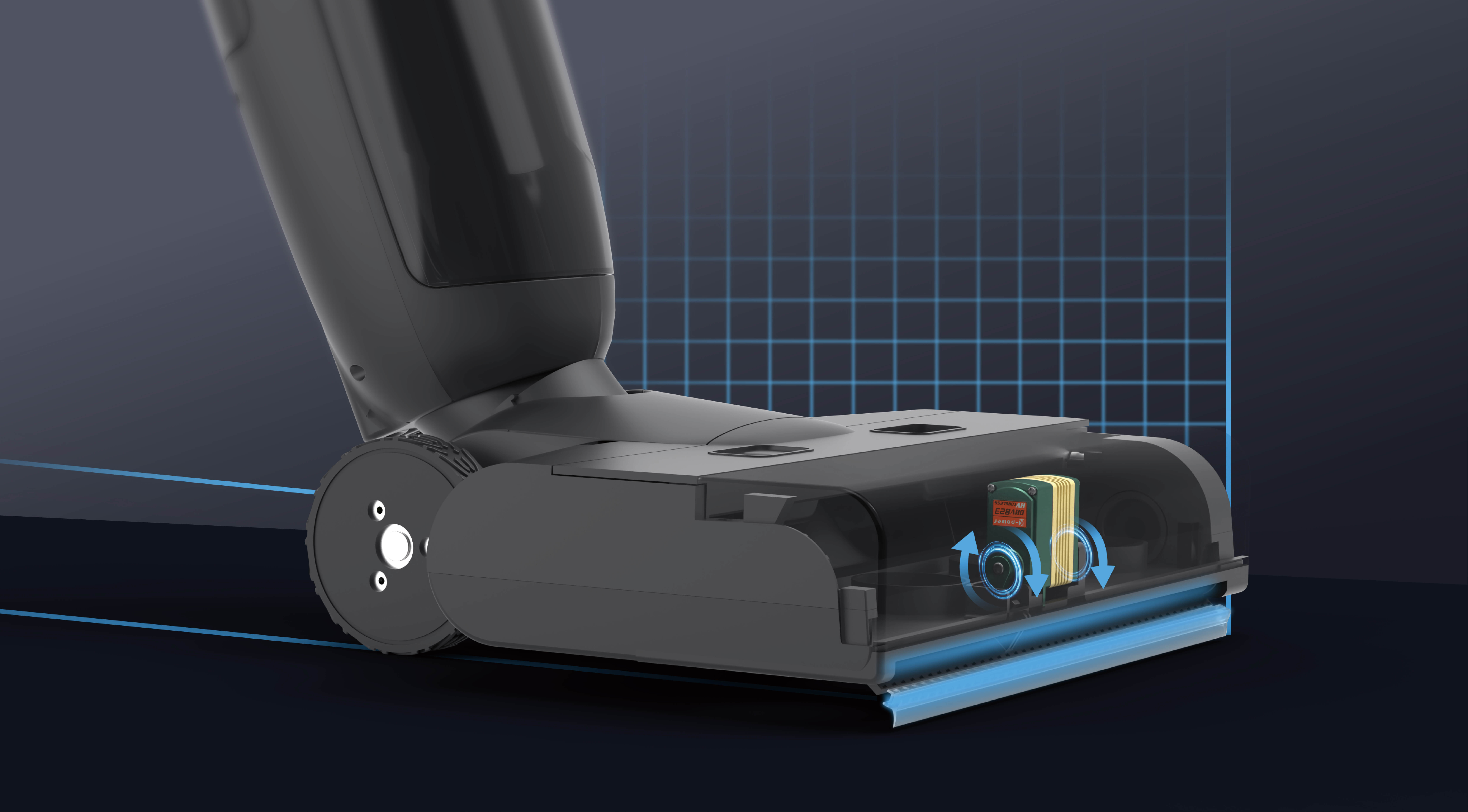Alright, let’s dive into the fascinating world of servo motors paired with Arduino and Tinkercad — a combo that sparks creativity and precision. Imagine setting up a robotic arm, a camera pan, or a tiny automated project; all of it hinges on smooth, accurate control. That's where servo motors shine, especially when integrated with Arduino, which acts like a brain guiding the motion with finesse.

Ever wonder how those tiny robots manage to pick up objects? It’s all about the servo motor. These little powerhouses operate by rotating to a specific angle based on signals from the microcontroller. It’s like giving a detailed command, and watching it comply with almost robotic dedication. Tinkercad steps in as the playground for testing this out virtually — kind of like a sandbox where you can tinker without messing up your real hardware.
A common question: Why choose a servo motor over other motors? Well, precision is key. Unlike a regular motor that might spin wildly or stall, a servo has feedback control built right in. That means it can stop exactly where you want it to. Think about balancing a cup of coffee on a moving platform; if you need fine-tuned adjustments, a servo makes it manageable.
Now, picture this: you’re designing a tiny automated curtain. You program the Arduino, set the servo to move at specific angles, and voilà, the curtain opens or closes with a simple command. Tinkercad makes this setup easy by simulating the entire circuit — no soldering, no fuss. Just drag and drop, code, simulate, and see what happens. You get immediate feedback, tweak the code, and perfect the movement without waiting for hardware delivery.
Curiosity might strike: Can I run multiple servos on one Arduino? Absolutely, but it depends on how many pins and power supply you’ve got. You’ll want to consider the power demands; servos can draw quite a bit of current. That’s why good wiring and a dedicated power source are important. In Tinkercad, you can experiment with several servos simultaneously, which is perfect for those elaborate projects with multiple moving parts.
The beauty lies in how accessible this world is. You don’t have to be some tech wizard out of a sci-fi movie. With a basic understanding, you can assemble a mini robot or create art installations that move and respond. Each project becomes a stepping stone towards mastery, whether it’s a simple rotating arm or a complex automated system. The combination of Arduino, Tinkercad, and those reliable servo motors makes it all possible.
So, what’s the next big thing you want to build? Considering how easy it is to simulate and test, even beginners can step into the world of automation and robotics confidently. Explore different servo speeds, angles, and control methods. It’s like setting up a dance, with each movement perfectly choreographed by your code.
Long story short, if you’re hunting for a hassle-free way to bring precision, movement, and automation into your projects, this setup is a good place to start. You’ll learn, experiment, and create — all without the chaos of troubleshooting hardware problems at every turn. And who knows? Today’s tiny servo circuit could be tomorrow’s groundbreaking invention. Let your ideas run wild.
Established in 2005, Kpower has been dedicated to a professional compact motion unit manufacturer, headquartered in Dongguan, Guangdong Province, China. Leveraging innovations in modular drive technology, Kpower integrates high-performance motors, precision reducers, and multi-protocol control systems to provide efficient and customized smart drive system solutions. Kpower has delivered professional drive system solutions to over 500 enterprise clients globally with products covering various fields such as Smart Home Systems, Automatic Electronics, Robotics, Precision Agriculture, Drones, and Industrial Automation.




































